Stolen Sisters: The Tragedy of Missing and Murdered Indigenous Women in Canada
In 1994, Alex Cywink learned that his younger sister’s body had been found in a park. Today, he and his siblings work not only on behalf of their sister, but for the more than 1,000 other indigenous women who are missing or have been murdered in Canada’s recent history.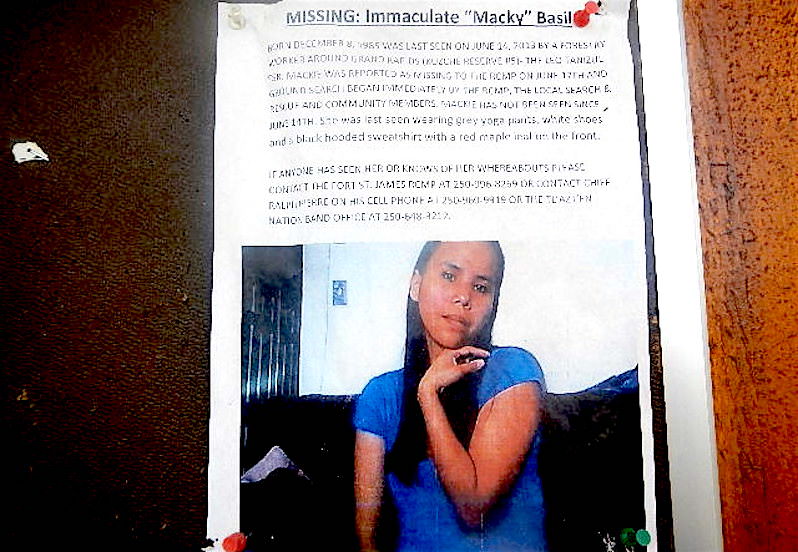
A missing-person flier featuring an indigenous woman from Canada. (Laura Robinson)
Alex Cywink speaks quietly about his sister, Sonya Nadine Mae, in a diner on College Street in Toronto. He’s taking a break from helping his friend with his fresh-fish stand at a local farmers market. Cywink was raised on Birch Island in Northern Ontario, which is part of the Whitefish River First Nation. He and his siblings grew up with a foot in two cultures: His father was Polish and worked on the railway; his mother was Ojibway and Potawatomi, the latter being one of the tribes that fled their original territory when shoot-to-kill was a standard practice toward Indians in America. Cywink’s mother raised her children as devout Catholics, committed to education, humility, honesty and the pursuit of knowledge—values they would hold throughout their lives.
On Aug. 26, 1994, Cywink learned that his younger sister’s body had been found in a park outside London, Ontario, approximately 125 miles west of Toronto.
“We were on our way somewhere and the phone rang, but no one was there,” Cywink recalls. “For some reason, I felt something was amiss. A minute later, my brother Wilf called. I asked him if he had just called, but he hadn’t.” Wilf was calling with the worst news a sibling can hear: A member of their family had been murdered.
Sonya Nadine Mae was pregnant at the time of her murder; her baby died as well.
Her family was never the same after that.
“We felt the [Ontario Provincial Police] did a good job,” Cywink says. “I have no complaints about the investigation, but the person who murdered Sonya has never been found. Over the years, my sister Mag and I committed ourselves to ending violence against indigenous women.”
Years passed, and other indigenous women either went missing or their bodies were found, often tortured and sexually abused before their murders. The Cywinks could see that what they had experienced was happening across Canada. To be an indigenous woman was to be on an endangered list, yet mainstream Canada seemed to not notice.
The story actually started when Europeans first came to these northern shores, when indigenous women, widely referred to as “squaws,” were traded among white men as if they were fur pelts. Sir George Simpson, who controlled Canada’s fur trade in the 1800s through the Hudson’s Bay Company, had his own names for indigenous women, referring to his “commodities” and “bits of brown.”
The dehumanization of indigenous women continued through the centuries, but it was such a part of Canadian culture that it went nearly unnoticed. In 1981, serial killer John Crawford was convicted of manslaughter in the death of Mary Jane Serloin in Lethbridge, Alberta. Five years later, he was released. In 1990, in Saskatoon, Saskatchewan, he was sentenced for attempting to engage the services of a prostitute. Two years later, he was charged with raping Janet Sylvestre, an aboriginal woman. At this point, he was being watched by the police. In one instance, he beat and raped Theresa Kematch, also aboriginal, while the police allegedly watched. Later that night, officers arrested Kematch and let Crawford go.
By the end of 1992, Crawford had killed three First Nation women—Eva Taysup, Shelly Napope and Calinda Waterhen in Saskatoon—and left another for dead. More First Nation women came forward as word spread that the cops had Crawford; they told stories of kidnapping, rape and suspected murder. There was virtually no national coverage of this serial killer, despite the tragedy and carnage and despite the fact that indigenous women compose a small percentage of the population but a significant percentage of violent-crime victims.
In sentencing Crawford in 1996, trial judge Justice David Wright wrote, “It appears to me that Mr. Crawford was attracted to his victims for four reasons: one, they were young; second, they were women; third, they were Native; and fourth, they were prostitutes. … The accused treated them with contempt. … He seemed determined to destroy every vestige of their humanity. He left three of them naked and lying on the ground. There is a kind of ferocity in these actions that reminds me of a wild animal, a predator. … The accused has shown no remorse, absolutely none, no regrets, there’s been no effort to explain his actions and, in fact, we know from the tapes that he laughed about the killings.”
In 2004, also in Saskatoon, the Commission on First Nations and Métis People and Justice Reform released its report after the frozen bodies of First Nation men were found on the outskirts of the city.They had last been seen with the police. The two-volume report sought to address violence against First Nation people, especially in Saskatchewan. There is no mention whatsoever of the women Crawford raped and murdered; less than 10 years after his sickening spree, the women were forgotten, even in their own city.Today, Cywink and many of his siblings work not only on behalf of their sister Sonya, but for the more than 1,000 other indigenous women who are missing or have been murdered in Canada’s recent history.
For more than a dozen years, calls for an inquiry have been made by organizations such as the Native Women’s Association of Canada, the Assembly of First Nations, the Truth and Reconciliation Commission on Indian Residential Schools, the United Nations, Amnesty International and Human Rights Watch, to no avail. But in October 2015, the Conservative government, led by Stephen Harper—who proclaimed that an inquiry “isn’t really high on our radar” during a national news interview—was toppled by a Liberal majority. One of the first items on the new government’s agenda was to launch a national inquiry into missing and murdered indigenous women.
In January, Carolyn Bennett, minister of Indigenous and Northern Affairs and a longtime advocate for First Nation rights, set up nationwide meetings with families of the murdered and missing women. Cywink and his sister Maggie were at the table in Ontario. “We attended the meetings the government has had with the families, and I will be speaking to the inquiry when it’s up and running,” Cywink says.
Bennett’s work over the years has earned respect, but the same cannot be said for all her cabinet colleagues. When Carla Qualtrough, minister of Sport and People with Disabilities, attended the Rio Olympics recently, she wore the official uniform of the Canadian Olympic team, which was supplied by none other than the Hudson’s Bay Company. The company had contracted designers DSquared2, which ironically revisited the appalling attitudes of Sir George Simpson, when it launched its astonishingly offensive line, DSquaw, in 2015. DSquared2 is an alarming choice as a design company for a country that recently received the Truth and Reconciliation Commission’s report on residential schools that addresses, among other racist practices, stereotypes about indigenous women and how they relate to the murdered and missing women. Despite widespread condemnation, Qualtrough proudly wore the DSquared2 garb.
On Aug. 4, Bennett announced the commissioners and the parameters of the inquiry. Cywink said he “can work within it. Many people say it falls short of what is necessary.”
Maggie Cywink is more critical. She noted that while all five commissioners are First Nation members, they are not representative of families who lost loved ones. “There’s a judge, and they’re all lawyers. There’s no families, there’s no advocacy groups,” she said in an interview with “Canadaland.”
Nevertheless, Maggie and Alex have stood together for the right of indigenous women to be protected on the land they know as Turtle Island, and they will continue to do so during the inquiry, which will commence shortly. “I’ve come to a place of peace in my life to know that that person who [murdered] my sister may never be found. It’s going to be 23 years in a matter of weeks,” Maggie told “Canadaland.” “So the only justice I know is to continue our work to stop the violence against our women and girls.”
Laura Robinson is an award-winning journalist, filmmaker and author. In 1992, she became the first Canadian journalist to write about sexual abuse in sport.
Independent journalism is under threat and overshadowed by heavily funded mainstream media.
You can help level the playing field. Become a member.
Your tax-deductible contribution keeps us digging beneath the headlines to give you thought-provoking, investigative reporting and analysis that unearths what's really happening- without compromise.
Give today to support our courageous, independent journalists.

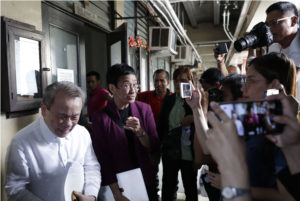
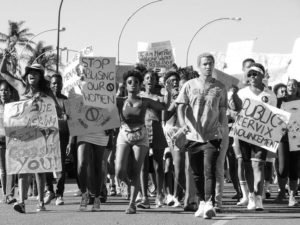
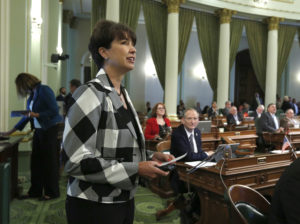
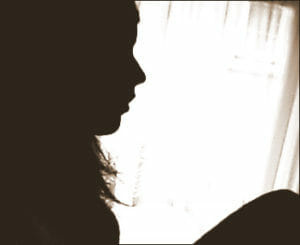
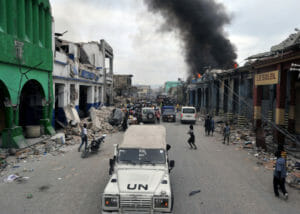
You need to be a supporter to comment.
There are currently no responses to this article.
Be the first to respond.